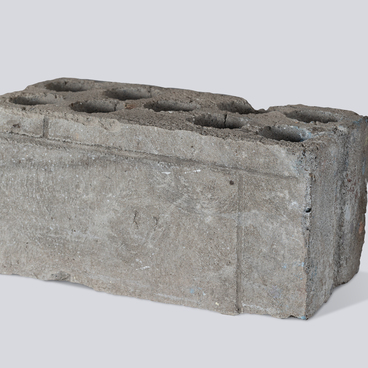The Ulyanovsk Regional Museum of Local Lore named after Ivan Goncharov presents a kokoshnik — a Russian festive headdress for married women.
It is unknown when kokoshniks first appeared; this headdress was largely popular in Russia between the 17th century and the first half of the 19th century. However, burials in Novgorod dated as early as the 10th–12th centuries revealed something similar to a kokoshnik — a solid headdress that sits low on the forehead and completely covers the head to the ears. The kokoshnik consists of an “ochelye”, a band covering the forehead, and a flat or convex bottom known as a “volosnik”. The base was made of dense paper or glued canvas, cardboard or paper, and then the rigid base was covered with damask, velvet or red calico. The kokoshnik was secured with ribbons at the back. The edges of the headdress could be adorned with strings of pearls falling over the shoulders, or the kokoshnik itself could be trimmed with a soft net made of strings of pearls. Kokoshniks were often wrapped over with silk or woolen scarves, embroidered with patterns of gold and silver thread, thin shawls decorated with embroidery, lace or braid, and veils.
In the 18th–19th centuries, there were kokoshniks of the Vladimir-Suzdal type, which are also known as “two-horned”, on the territory of the Simbirsk Governorate. Unlike other local varieties, the Vladimir-Suzdal kokoshnik was widespread over a very large area from the Moscow region to the Volga region and the Urals in the 18th–19th centuries. The territories where such kokoshniks were found coincided with the directions of the secondary, that is, Vladimir-Suzdal, colonization and then the Moscow colonization of the 16th–17th centuries. The peculiarity of the Vladimir kokoshnik is that it was worn tilted forward. It is the tilted position of the kokoshnik that makes its sharp ends point backwards and resemble two horns.
The kokoshnik from the Ulyanovsk Regional Museum of Local Lore dates to the 18th — the first half of the 19th century and was part of the old museum’s collections. The headdress is shaped like a semicircle on a solid base with pointed, elongated lower ends (in the shape of a crescent). The headband of the kokoshnik is lined with blue damask and divided into three sections by galloons. The headband is embroidered with rose flowers along the blue damask of the front and back sides, which were made using the gold embroidery technique, when metal gilded (golden) threads are embroidered by hand.

